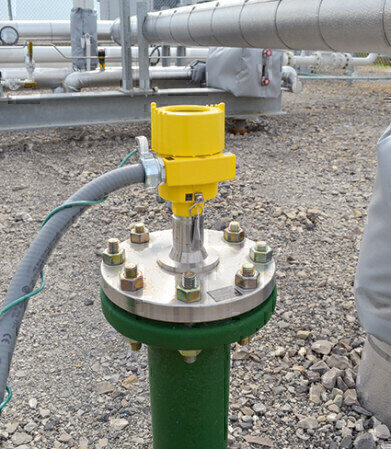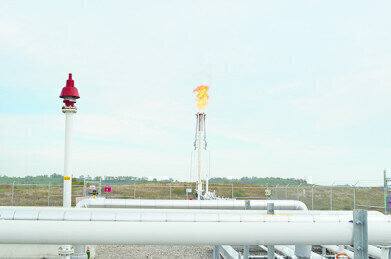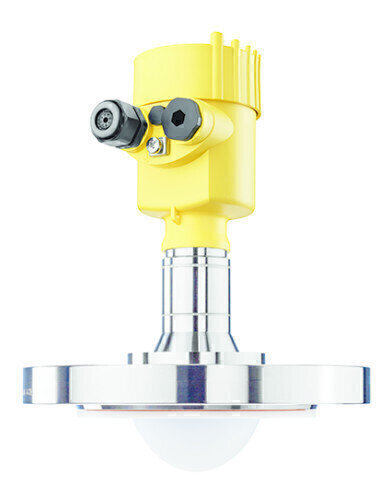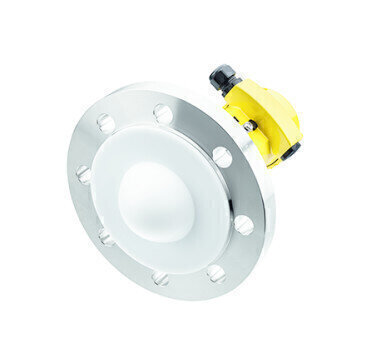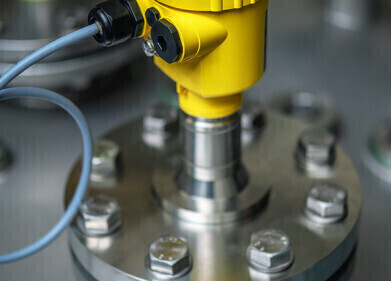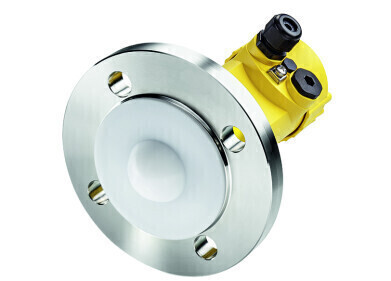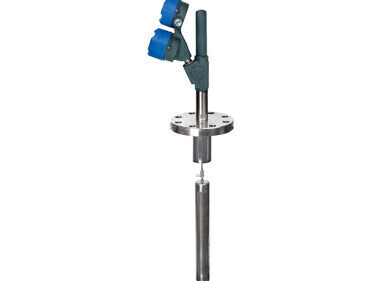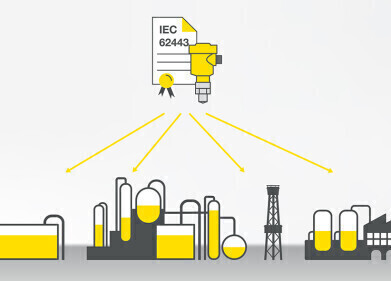Level Measurement
Radar level measurement technology provides solution to difficult natural gas measurements
Nov 24 2021
Vegapuls, from Vega, provides reliable and accurate level liquid gas measurement data despite its poor reflective properties
For the last 10 years there has been a steady increase in natural gas production in the USA. The oil and gas exploration companies sink the wells that extract the gas trapped underground. When the well is ready for production midstream service companies, such as Vega’s customers at Blue Racer Midstream, process the unfiltered gas from the well into a viable product for refineries. Vega’s instrumentation has played a crucial role in ensuring that Blue Racer Midstream deliver gas that meets the refiners’ criteria safely, cost-effectively and efficiently.
The oil and gas sector has to conform to a host of regulations that require redundant measurements within the processing procedures. The purpose of these stringent regulations is to mitigate the risk of tank leakage and its associated environmental contamination and risks to the health of personnel and the local communities. Blue Racer Midstream provide natural gas, from which they have extracted foreign bodies and impurities, to meet the legal requirements for its safe deployment to the refineries via pipelines; to achieve this they need the latest cutting edge instrumentation technology to monitor for leaks and other hazards.
Non-contact natural gas pipeline measurement boosted by 80-GHz radar technology
The purified gas is stored in huge underground tanks before making its way through the pipelines. These pipes can only be seen where the access pipes protrude 30 – 60 cms (1-2 feet) out of the ground, and on top of these is where the Vegapuls level monitors were deployed.
The Vegapuls takes contactless radar level measurements at a very high signal frequency of 80GHz, which provides a more focused signal. The sensor can take accurate and reliable measurements through extremely narrow openings, such as via the access pipes on the underground tanks. The radar beam can focus on a very small area and therefore the antenna is sent a stronger signal from the surface of the material being measured.
Vega’s 80GHz. radar sensors have been a game changer for obtaining accurate measurements from weak signals This has proved to be a crucial device for operators in the petroleum and petrochemical related sectors as the poor reflective properties of crude, petroleum, liquid gas etc. previously made accurate level measurements problematic.
Level measurements in difficult oil and gas applications made easy
At a facility in the Utica and Marcellus Shale reserve, in the north-western region of the US, guided wave radar sensors were being used by Blue Racer Midstream to take all of the level reading from two underground storage tanks. Each tank has tow sensors installed, one for continuous level data and the other for a maximum level alarm to shut down the process in the event of overfill.
Despite the low level of reflective quality from the natural gases, and their high mounting installation, the sensors provided accurate level readings. However, due to the corrosive properties of the gases the sensors needed regular recalibration and replacement.
Vega proposed that Blue Racer Midstream opted for Vegapuls when the maximum alarm sensors needed replacing. Vegapuls not only offered unparalleled sensitivity and therefore precise and dependable measurements – they also had the same process fittings and were therefore easy to install on the underground tank sockets, without the need for time consuming and costly modifications.
The 80 GHz sensors are also ideal for measuring liquids with low dielectric constants at the bottom of a vessel. Even the lowest filling levels can still be measured reliably and precisely with Vegapuls.
Precise, accurate and dependable radar measurements for all natural gas storage tanks
Blue Racer Midstream were delighted with their new, cutting-edge sensors; despite the challenging application accurate and reliable measurements were being taken and the signal integrated in to Blue Racer Midstream’s control system seamlessly. The technicians now had the capability to see accurate tank level readings at a glance, safe in the knowledge that the information was accurate.
Each tank needs two sensors for the same measurement, therefore end-users could directly compare the capabilities of their new non-contact Vegapuls radar sensors with that of the original guided wave sensors. As a result of this comparison, Blue Racer Midstream began replacing the old guided wave radar instruments with new Vegapuls radar sensors at all of their facilities.
Digital Edition
PIN 25.1 Feb/March
March 2024
In This Edition Safety - The technology behind the ION Science Tiger XT - Safety with ammonia and LOHCs as hydrogen carriers Analytical Instrumentation - Discussion on new tribology te...
View all digital editions
Events
Apr 28 2024 Montreal, Quebec, Canada
Apr 30 2024 Birmingham, UK
May 03 2024 Seoul, South Korea
May 05 2024 Seville, Spain
May 06 2024 Riyadh, Saudi Arabia
